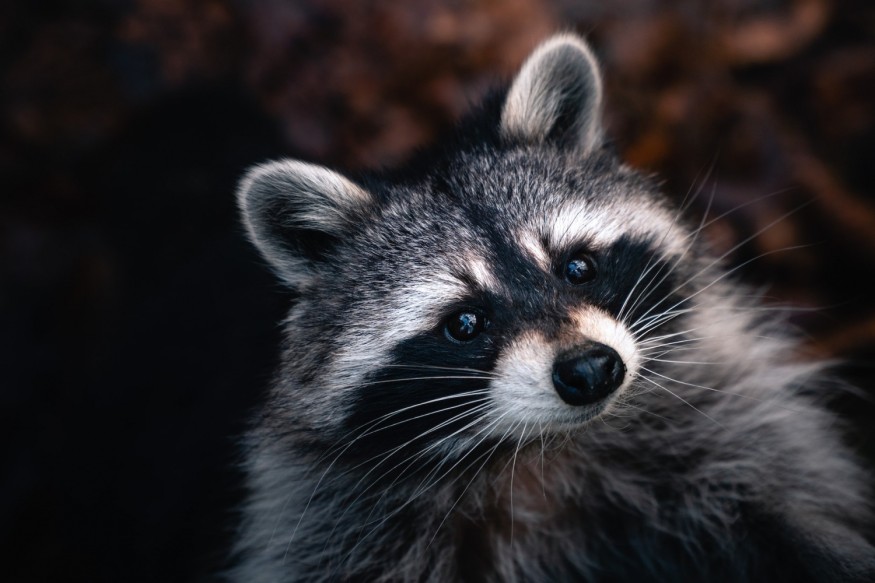Raccoons in a Minnesota town are behaving strangely and getting sick, a mystery that came to light after animal control officials received odd calls and reports since July 2023.
Local authorities last week revealed that this has been the case in the small city of Burnsville, located south of Minneapolis in Dakota County, Minnesota.
The main reason behind the peculiar case of the Burnsville raccoons remains unclear.
However, one thing is certain this is the first time that such an incident has been reported in Burnsville this year.
Despite the ambiguity of the situation, authorities are warning the public to stay away from the nocturnal, omnivore mammals, which are widely native to North America.
Burnsville Raccoons

In a press release on October 10, the City of Burnsville, Minnesota Police Department issued a report about the "abnormal raccoon behavior" and stated that the Burnsville Animal Control has observed a recent increase in raccoons in the city behaving like out of their typical characters.
In particular, the Burnsville Police Department specified that the raccoons were experiencing seizures, unafraid of their surroundings, engaging in staggering behavior, allowing people to approach them, or laying for a prolonged period.
Due to the threat, people have been advised to protect their children and pets from raccoons and any other wildlife.
The police department also directed the public to report any Burnsville Police raccoons that fit in the said strange behavior to the Burnsville Animal Control.
Prior to the release, the Burnsville police received initial reports from animal control with a total of 39 sick raccoon reports since July, which is larger than the 17 related reports in 2022.
Also Read : Woman Brings Illegal Wildlife Raccoon to Pet Shop in Maine for Grooming, Rabies Safety Measures Ensue
Strange Raccoon Behavior
Testing conducted by the University of Minnesota Veterinary Clinic on two raccoons showed that one of the animals tested positive for distemper and salmonellosis, which pertains to food poisoning caused by the salmonella bacteria.
Meanwhile, the test result for the second raccoon is unclear but indicates it may have died from salmonellosis as well.
According to the Minnesota Department of Health, salmonella live inside the intestinal tracts of animals and are usually passed to humans by eating foods contaminated by an infected animal's feces.
In the United States alone, there are approximately 40,000 cases of salmonellosis every year.
Although annual raccoon hunting in the state, there are unconfirmed reports linking the bizarre raccoon behaviors with unusual objects: trashcans.
Minnesota Raccoon Population
The Minnesota Department of Natural Resources estimates that there are approximately 800,000 to one million raccoons living across Minnesota.
However, Minnesota hunters each year harvest around 100,000 to 150,000 raccoons, while trappers collect another set of 75,000 to 100,000 Minnesota raccoons.
Aside from their human hunters, raccoons are also vulnerable to animal predators like coyotes, foxes, bobcats, and great-horned owls.
The common habitats of raccoons can be found in woodlands, prairies, and even cities.
© 2025 NatureWorldNews.com All rights reserved. Do not reproduce without permission.





